Nvidia on DLSS Performance: Up to 120% More FPS
Nvidia has published slides and videos showing how DLSS works in several more games. In some cases the performance gains are really big, and the best examples are the shooters Call of Duty: Black Ops - Cold War and Ready or Not.
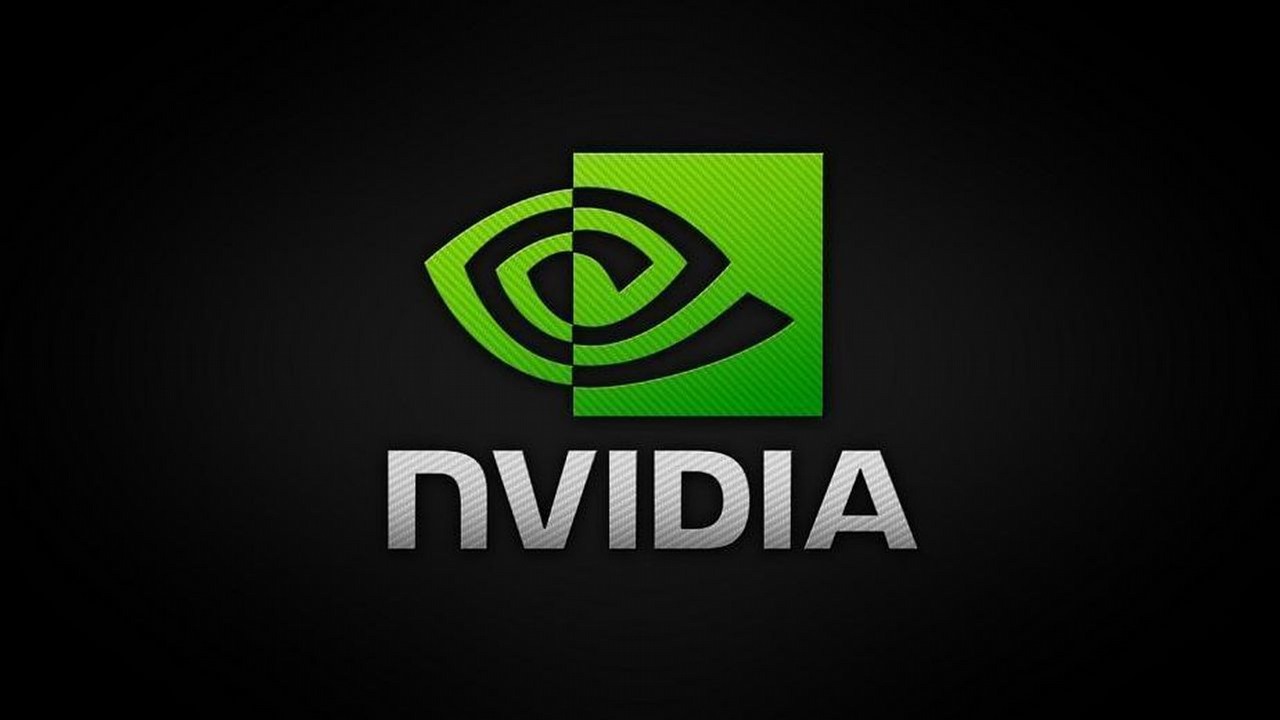
IN A NUTSHELL:
- Nvidia has boasted of the performance of DLSS in several more games;
- In CoD: Cold War, image reconstruction can increase performance by up to 85%;
- In War Thunder the fps increase reaches 30%, in Enlisted 55%, and in Ready or Not activating this function we can get us uo to 120% additional frames per second.
Nvidia boasts the implementation of DLSS (Deep Learning Super Sampling) smart image reconstruction technology in Call of Duty: Black Ops - Cold War and three other games. When playing Treyarch's game in 4K (with ray tracing enabled), after activating this feature , we can count on performance gains of up to 85%, depending on the GPU.
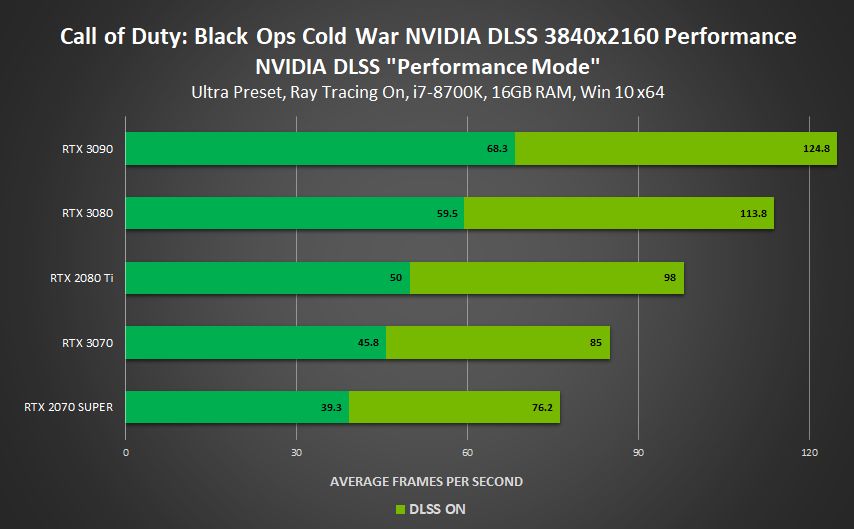
According to the chart, in the case of the GeForce RTX 3090, DLSS in "Performance" mode offers an average of 124.8 fps (compared to 68.3 without using the technology). In the same situation, RTX 3080 offers 113.8 fps (59.5 without DLSS), RTX 2080 Ti generates an average of 98 frames (48% increase). Owners of the RTX 3070 (85/45.8 fps) and even cards from older lower segment cards, such as RTX 2070 Super (76.2/39.3), can expect impressive performance boost.
Other games that recently received support for DLSS are War Thunder, Enlisted and Ready or Not. In each of these titles we can count on significant performance gains in 4K resolution, although they are not always as impressive as in the case of Treyarch's work.
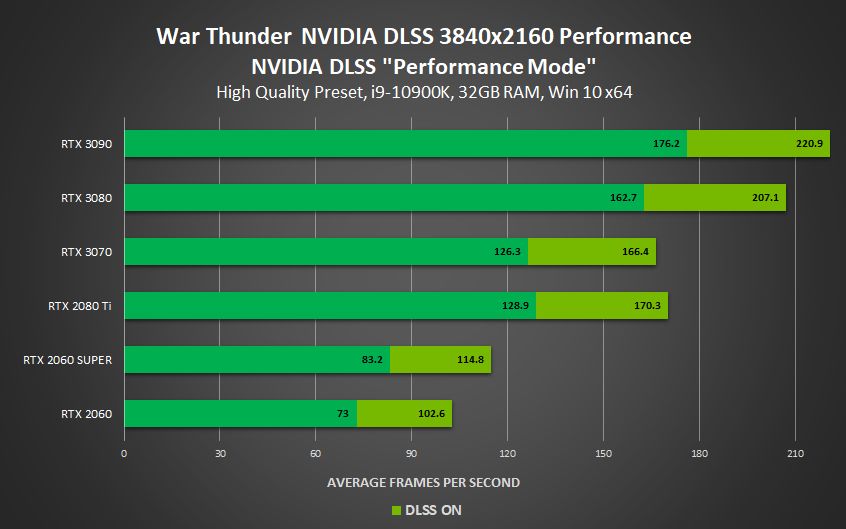
In War Thunder DLSS in "Performance" mode offers "only" about 30 additional fps, and in Enlisted we will see up to 55% more fps. A truly amazing effects were achieved in the last game - Ready or Not - where after activating DLSS the fps counter can show more than double the value (120% performance increase).
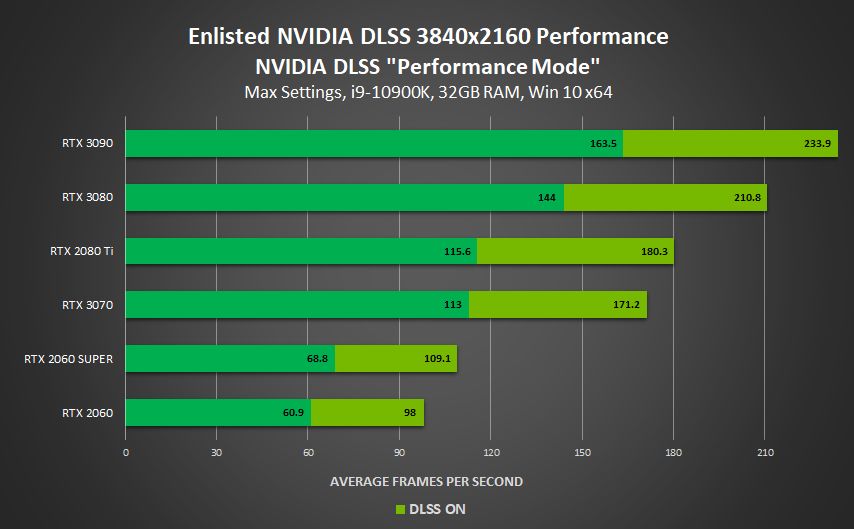
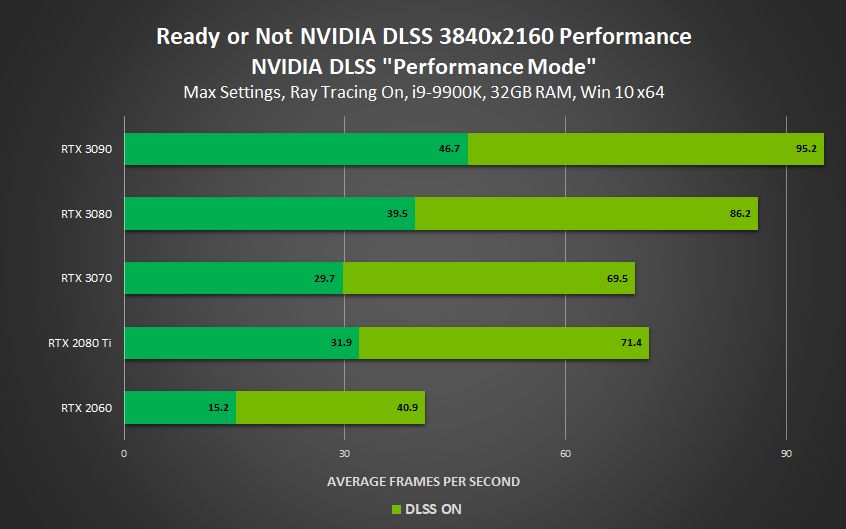
At the end it is worth to note two things. First of all, the original version of DLSS was associated with a significant deterioration in image quality, which some users complained about on Nvidia's official forum. In DLSS 2.0 most of these problems were eliminated, although in some games - such as Watch Dogs: Legion or Death Stranding - there are still some more or less visible graphical anomalies (e.g. strange looking hair or blurred images on the walls), even when using "Quality" mode.
Secondly, the indications presented in the slides above refer to DLSS in the "Performance" variant, where the image is reconstructed from a much lower resolution. It is to be reckoned with that its quality will be worse than native 4K, although the difference will probably not be as dramatic as the fps jump (this is different for the "Quality" mode, which the company boasts about in official materials, but where the efficiency gains are less impressive).
- Players of realistic shooter are turning to the last resort. They refound Ready or Not because „there is no other way to get devs attention”
- Fans call out Ready or Not over AI-generated content, upset by the lack of transparency on its Steam page
- „This isn't the game we paid for.” Ready or Not takes heat for censorship and downgraded graphics, yet still storms ahead
0
Latest News
- End of remote work and 60 hours a week. Demo of Naughty Dog's new game was born amid a crunch atmosphere
- She's the new Lara Croft, but she still lives in fear. Trauma after Perfect Dark changed the actress' approach to the industry
- „A lot has become lost in translation.” Swen Vincke suggests that the scandal surrounding Divinity is a big misunderstanding
- Stuck in development limbo for years, ARK 2 is now planned for 2028
- Few people know about it, but it's an RPG mixing Dark Souls and NieR that has received excellent reviews on Steam, and its first DLC will be released soon


